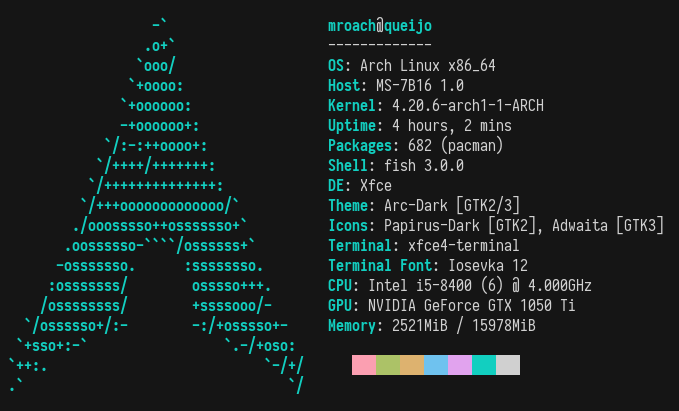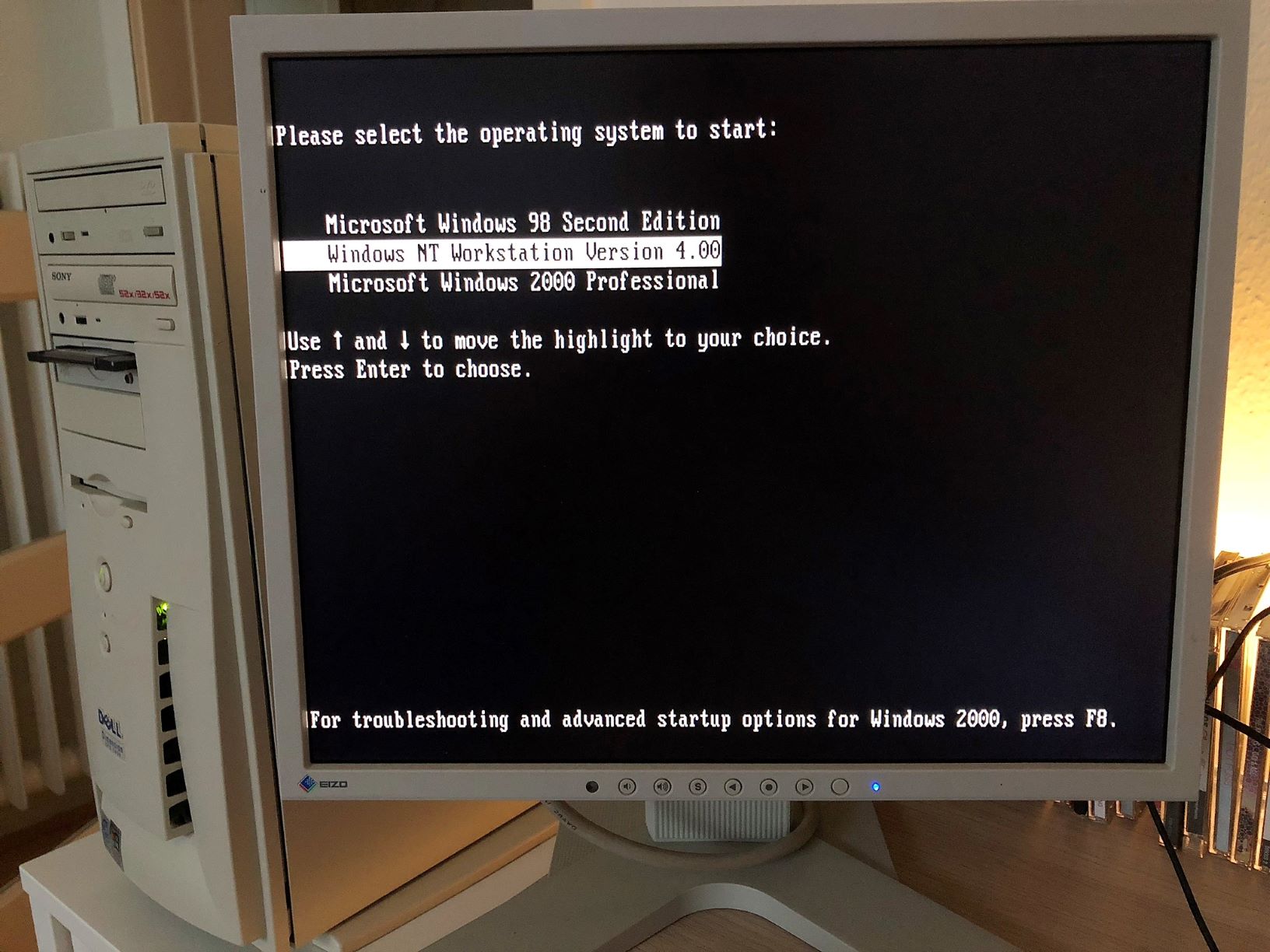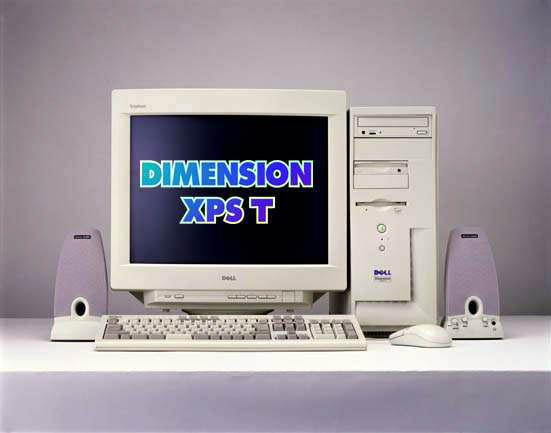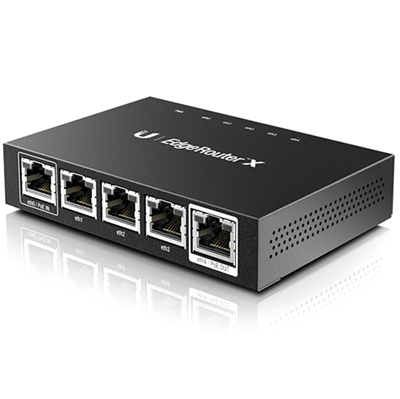Back to Linux

board
This past summer I treated myself to building a new PC. I hadn’t built a PC in over ten years ever since I got a MacBook Pro that could do everything I needed for both work and personal use. I’ll skip the part where I fall out of love with MacBooks and sell my 2017 MacBook Pro.
After watching so many YouTube videos about PC builds, and wanting to do some PC gaming, I had to build one. So I built a modest system, trying not to go beyond the point of diminishing returns for components. For example, the i7-8700K is twice the price as an i5-8400. Is it twice as good for what I’ll be doing? Highly doubt it.
I installed Windows 10 and Windows Subsystem for Linux. I have to say, Microsoft did a truly impressive job there making that work. It worked really well. The problem is I just didn’t enjoy using Windows, it was sluggish at times, and I was spending all my time in WSL anyway. So I wiped it all out and installed Arch Linux.
I hadn’t used Linux on the desktop since Gentoo back on my Dell Latitude D400. That was back circa 2005. Gentoo was a great distro for get started with Linux since you had no choice but to learn how the whole system is put together. So if something goes wrong, you know how to help yourself through it and you learn a lot along the way. The other factor I valued is that your system would only have software you asked for and nothing else. I don’t like bloat, so Gentoo was perfect. But for a new install I wasn’t interested in Gentoo, as compiling everything from source is just a waste of time. Arch looked like the worthy successor. It’s a roll-your-own OS like Gentoo with rolling releases and an enthusiastic community; the value of which should never be underestimated.
After having Arch Linux setup for some weeks, I’ve compiled a list of packages that I had installed and why. So next time I setup Arch I’ll have a good list of packages for my base system. I’ve left off the stuff that’s quite obvious for me to install straight away like a web browser, editor (Sublime Text), and things like that. I’ll probably update this as I make changes.



